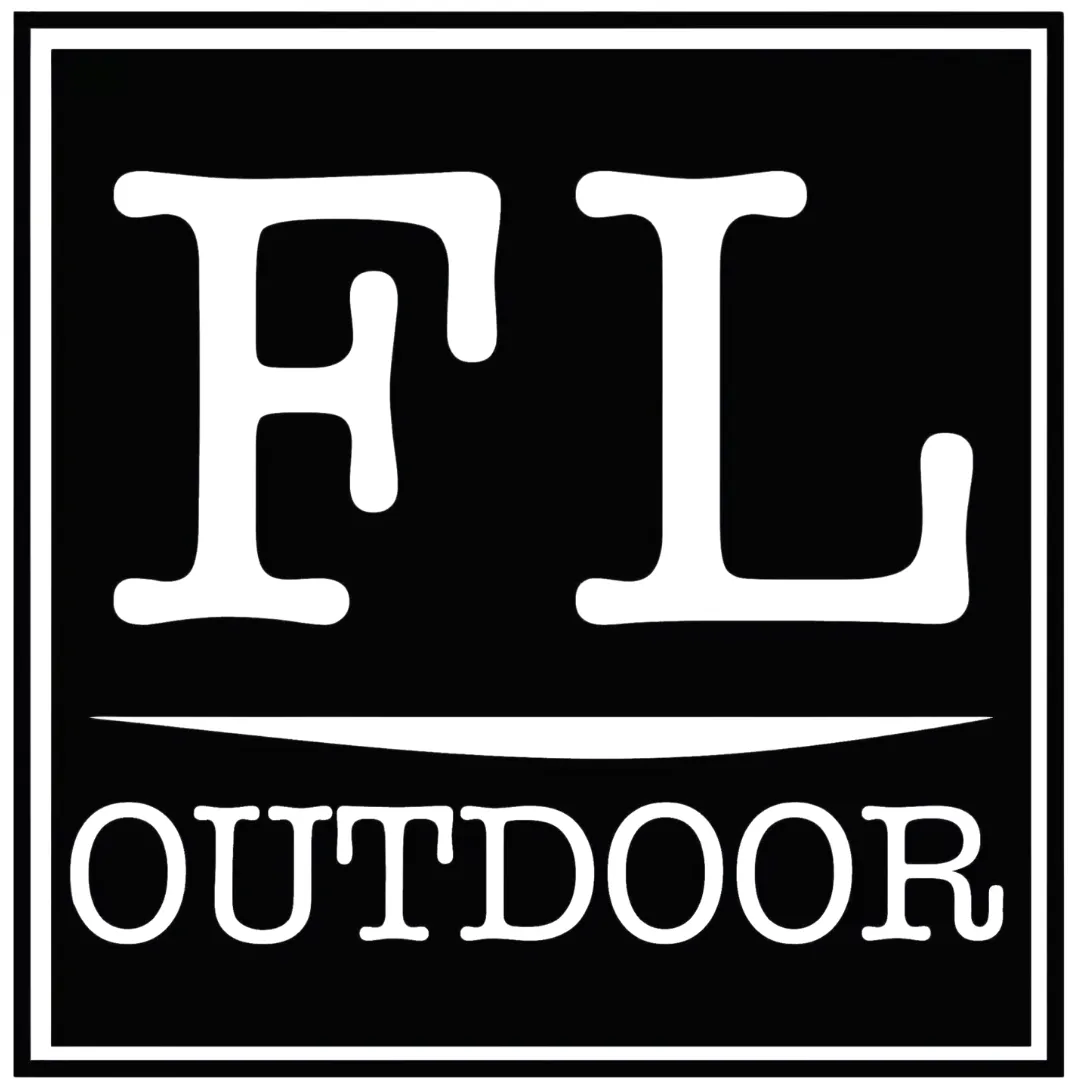Florida Outdoor News
Welcome to FL Outdoor News, your go-to source for the latest trends in enhancing and extending backyard spaces in Florida!
Discover how these innovative solutions can transform your outdoor living area into a luxurious oasis. Whether you're dreaming of a stylish pergola, the convenience of motorized screens, looking for a little shade, or the elegance of high-end custom fencing, we’ve got you covered.
HERE IS THE LATES:

What does the ASTM Mean When It Comes To Hurricane Screens?
Breaking Down ASTMs And Motorized Hurricane Screens
You’ve probably seen it stamped on technical specs or tossed into marketing copy like some magic badge: ASTM certified. But what does that really mean when it comes to motorized hurricane screens? And more importantly — why should it matter to you as a homeowner, especially if you live in a hurricane-prone area like Florida?
Lets Break It Down
Simply. ASTM stands for the American Society for Testing and Materials. It’s a globally recognized organization that sets the official testing standards for all sorts of building materials — from concrete and steel to, yes, your motorized hurricane screen system. Think of ASTM like the referee of the building world. It doesn’t make the products; it creates the rules that products have to pass if they want to claim they're storm-ready. If a screen system hasn’t been tested against ASTM standards, it might look great — but it hasn’t proven it can perform when it really matters.
What ASTM Standars Matter When It Comes to Motorized Hurricane Screens.
Now, there are three specific ASTM tests you’ll hear about when it comes to hurricane screens: ASTM E330, E1886, and E1996. Each one plays a different role in the “storm training course” your screen has to go through.
Let’s start with ASTM E330.
This test is all about static wind pressure. It measures how well a product holds up when constant force is applied — like when hurricane-force winds press against your screen for hours. Picture yourself leaning into a door with your full body weight. Can it stay upright without flexing or popping off? That’s what E330 simulates — only with the kind of wind you'd expect in a 150+ mph storm.
Then there’s ASTM E1886
This Test introduces impact and pressure cycling. In the first phase, the screen gets slammed with a flying object — usually a 2x4 shot out of an air cannon to simulate debris in a hurricane. But the test doesn’t stop there. Next, the screen is subjected to a series of pressure cycles, mimicking the suction and force changes caused by wind gusts during a real storm. It’s like getting punched in the gut and then asked to run a marathon. If the screen holds up through both phases, it passes.
Finally, ASTM E1996
This test defines the level of impact resistance your screen is actually rated for. It’s essentially the grading system. This standard outlines how big and how fast the “missile” (like a wood plank or metal object) can be while still keeping your screen intact. Levels range from A to E — with Level D or E being the toughest, reserved for the most hurricane-prone zones like Florida’s coastline. If you live in a high-velocity hurricane zone (HVHZ), you want nothing less than this level of certification.
So... Why should you care about all this alphabet soup of testing codes when it comes to motorized hurricane screens?
Because marketing terms like “hurricane-rated” or “storm-tough” or "Wind Abatement" are meaningless without proof. Unless a screen has passed ASTM E1886, E1996, and E330, it hasn’t been through real-world simulation. It might flutter in the wind, tear under pressure, or even collapse in a storm. And in Florida, that could mean thousands in property damage — or worse, injuries caused by flying debris or structural failures.
Before you buy a screen system, ask the tough questions. Has it been tested? What standard? What level of impact? Can they show you a product approval or certification report? If not, move on.
Because when it comes to hurricane protection, you don’t need buzzwords — you need backed-up performance. You need proven results.

Cited Sources:
ASTM Testing Standards
ASTM E1886 – Standard Test Method for Performance of Exterior Windows, Curtain Walls, Doors, and Impact Protective Systems Impacted by Missile(s) and Exposed to Cyclic Pressure Differentials
🔗 https://www.astm.org/Standards/E1886.htm
— Defines the procedures for missile impact and cyclic pressure testing of building envelope systems.
ASTM E1996 – Specification for Performance of Exterior Windows, Curtain Walls, Doors, and Impact Protective Systems Impacted by Windborne Debris in Hurricanes
🔗 https://www.astm.org/Standards/E1996.htm
— Provides missile classification and impact resistance levels for hurricane-rated products.
ASTM E330 – Test Method for Structural Performance of Exterior Windows, Doors, Skylights and Curtain Walls by Uniform Static Air Pressure Difference
🔗 https://www.astm.org/Standards/E330.htm
— Measures the ability of a screen or window system to withstand wind pressure loads.
Florida & HVHZ Regulatory Bodies
Florida Product Approval Portal (Florida Building Commission)
🔗 https://www.floridabuilding.org/pr/pr_app_srch.aspx
— Allows users to verify certified hurricane protection products approved for use in Florida.
Miami-Dade County Product Control – Search NOAs (Notices of Acceptance)
🔗 https://www.miamidade.gov/building/pc-search_app.asp
— Verifies that a product meets High-Velocity Hurricane Zone (HVHZ) testing and approval requirements.
Hurricane Screen Manufacturers & Product-Specific Testing
Progressive Screens – MagnaTrack System (Hurricane Rated)
🔗 https://progressivescreens.com/
— Offers certified motorized screen systems tested to ASTM and TAS standards, used throughout Florida.
Industry Context & Explanation References
Fenetex – Impact-Resistant Hurricane Screens
🔗 https://www.fenetex.com/
— Provides additional industry examples of products designed to meet ASTM E1886/E1996.
Intertek Testing Services (for ASTM Testing Labs)
🔗 https://www.intertek.com/building/hurricane-impact/
— Describes procedures for ASTM E330, E1886, and E1996 testing from a certified third-party lab perspective.
DISCUSSION & GUIDES

What does the ASTM Mean When It Comes To Hurricane Screens?
Breaking Down ASTMs And Motorized Hurricane Screens
You’ve probably seen it stamped on technical specs or tossed into marketing copy like some magic badge: ASTM certified. But what does that really mean when it comes to motorized hurricane screens? And more importantly — why should it matter to you as a homeowner, especially if you live in a hurricane-prone area like Florida?
Lets Break It Down
Simply. ASTM stands for the American Society for Testing and Materials. It’s a globally recognized organization that sets the official testing standards for all sorts of building materials — from concrete and steel to, yes, your motorized hurricane screen system. Think of ASTM like the referee of the building world. It doesn’t make the products; it creates the rules that products have to pass if they want to claim they're storm-ready. If a screen system hasn’t been tested against ASTM standards, it might look great — but it hasn’t proven it can perform when it really matters.
What ASTM Standars Matter When It Comes to Motorized Hurricane Screens.
Now, there are three specific ASTM tests you’ll hear about when it comes to hurricane screens: ASTM E330, E1886, and E1996. Each one plays a different role in the “storm training course” your screen has to go through.
Let’s start with ASTM E330.
This test is all about static wind pressure. It measures how well a product holds up when constant force is applied — like when hurricane-force winds press against your screen for hours. Picture yourself leaning into a door with your full body weight. Can it stay upright without flexing or popping off? That’s what E330 simulates — only with the kind of wind you'd expect in a 150+ mph storm.
Then there’s ASTM E1886
This Test introduces impact and pressure cycling. In the first phase, the screen gets slammed with a flying object — usually a 2x4 shot out of an air cannon to simulate debris in a hurricane. But the test doesn’t stop there. Next, the screen is subjected to a series of pressure cycles, mimicking the suction and force changes caused by wind gusts during a real storm. It’s like getting punched in the gut and then asked to run a marathon. If the screen holds up through both phases, it passes.
Finally, ASTM E1996
This test defines the level of impact resistance your screen is actually rated for. It’s essentially the grading system. This standard outlines how big and how fast the “missile” (like a wood plank or metal object) can be while still keeping your screen intact. Levels range from A to E — with Level D or E being the toughest, reserved for the most hurricane-prone zones like Florida’s coastline. If you live in a high-velocity hurricane zone (HVHZ), you want nothing less than this level of certification.
So... Why should you care about all this alphabet soup of testing codes when it comes to motorized hurricane screens?
Because marketing terms like “hurricane-rated” or “storm-tough” or "Wind Abatement" are meaningless without proof. Unless a screen has passed ASTM E1886, E1996, and E330, it hasn’t been through real-world simulation. It might flutter in the wind, tear under pressure, or even collapse in a storm. And in Florida, that could mean thousands in property damage — or worse, injuries caused by flying debris or structural failures.
Before you buy a screen system, ask the tough questions. Has it been tested? What standard? What level of impact? Can they show you a product approval or certification report? If not, move on.
Because when it comes to hurricane protection, you don’t need buzzwords — you need backed-up performance. You need proven results.

Cited Sources:
ASTM Testing Standards
ASTM E1886 – Standard Test Method for Performance of Exterior Windows, Curtain Walls, Doors, and Impact Protective Systems Impacted by Missile(s) and Exposed to Cyclic Pressure Differentials
🔗 https://www.astm.org/Standards/E1886.htm
— Defines the procedures for missile impact and cyclic pressure testing of building envelope systems.
ASTM E1996 – Specification for Performance of Exterior Windows, Curtain Walls, Doors, and Impact Protective Systems Impacted by Windborne Debris in Hurricanes
🔗 https://www.astm.org/Standards/E1996.htm
— Provides missile classification and impact resistance levels for hurricane-rated products.
ASTM E330 – Test Method for Structural Performance of Exterior Windows, Doors, Skylights and Curtain Walls by Uniform Static Air Pressure Difference
🔗 https://www.astm.org/Standards/E330.htm
— Measures the ability of a screen or window system to withstand wind pressure loads.
Florida & HVHZ Regulatory Bodies
Florida Product Approval Portal (Florida Building Commission)
🔗 https://www.floridabuilding.org/pr/pr_app_srch.aspx
— Allows users to verify certified hurricane protection products approved for use in Florida.
Miami-Dade County Product Control – Search NOAs (Notices of Acceptance)
🔗 https://www.miamidade.gov/building/pc-search_app.asp
— Verifies that a product meets High-Velocity Hurricane Zone (HVHZ) testing and approval requirements.
Hurricane Screen Manufacturers & Product-Specific Testing
Progressive Screens – MagnaTrack System (Hurricane Rated)
🔗 https://progressivescreens.com/
— Offers certified motorized screen systems tested to ASTM and TAS standards, used throughout Florida.
Industry Context & Explanation References
Fenetex – Impact-Resistant Hurricane Screens
🔗 https://www.fenetex.com/
— Provides additional industry examples of products designed to meet ASTM E1886/E1996.
Intertek Testing Services (for ASTM Testing Labs)
🔗 https://www.intertek.com/building/hurricane-impact/
— Describes procedures for ASTM E330, E1886, and E1996 testing from a certified third-party lab perspective.
FLO... CREATING LUXURY OUTDOOR
Work requiring DBPR licensure in partnership with CGC1532839
MOTORIZED SCREENS
Warranty
FENCE
Horizontal Fencing
Greenwood Fence
PERGOLAS
Azenco-Outdoors
R-Blade Motorized Louver Roofs
R-Shade Insulated Roof
COMPANY INFO
About FL Outdoors
FL Outdoor News
Service Area
FAQ
IMPORTANT INFO
SERVICE AREA CENTRAL FLORIDA
Mount Dora
Longwood
Maitland
Seminole County
Windermere
Lake Nona
SERVICE AREA PALM BEACH
Boca
Boynton Beach
Delray Beach
Jupiter
SERVICE AREA BROWARD COUNTY
Fort Lauderdale
Deerfield Beach
Light House Point
Plantation
South West Ranches




Facebook
Instagram
X
LinkedIn
Youtube
TikTok
Pinterest